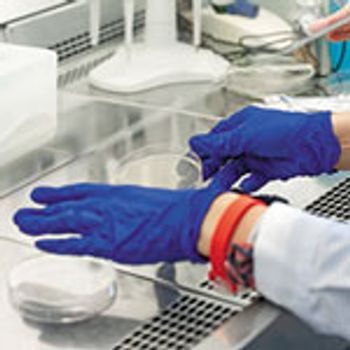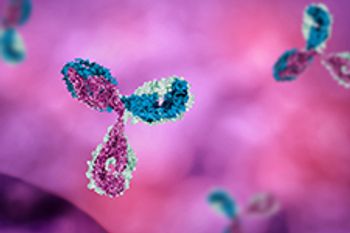
A collaboration between Insilico Biotechnology and IFAT aims to develop a manufacturing, planning, and control system for the production of monoclonal antibodies.

A collaboration between Insilico Biotechnology and IFAT aims to develop a manufacturing, planning, and control system for the production of monoclonal antibodies.

While downgrading the impact of nitrosamine impurities on patients, FDA vows to step up investigations for other drug types.

FDA sent a warning letter to NingBo Huize Commodity Co. after an investigation of the company’s Zhejiang facility found falsified quality documents.

FDA sent a warning letter to Emcure Pharmaceuticals, Ltd. because of sterility testing CGMP violations.

The European Commission has approved an extension of the use of Dupixent (dupilumab) within the EU to include patients aged 12 to 17 years old with moderate-to-severe atopic dermatitis.

The agency is planning to clean out its drug listing records and urges companies to update any inaccurate active drug listing submission.

Spectrum Laboratory Products received an FDA warning letter after violations were found at its New Brunswick, NJ facility.

A New Jersey court upheld the validity of patent claims for Amgen’s anti-inflammatory blockbuster biologic, Enbrel (etanercept).

The guidance answers questions about how the agency awards priority review vouchers to sponsors of treatments for rare pediatric diseases.

The guidance discusses clinical trial design features that can support approval of treatments of Fabry disease.

The agency is keeping Zolgensma on the market as it evaluates the accuracy of data submitted with the product’s biologics license application.

New tools and policies aim to support more complex manufacturing processes.

FDA, Health and Human Services, and the Trump Administration back cheaper foreign drugs to cut pharma costs.

Quality risk management plans provide identified actions to ensure a continuous supply of safe and effective drug products, says Susan J. Schniepp, executive vice-president of post-approval pharma and distinguished fellow, Regulatory Compliance Associates.

Strong personnel training, detailed SOPs, commitment to data integrity, investigation and implementation of appropriate modern methods, and employing Lean and Six Sigma methodology initiatives are key best practices for the quality control microbiology lab.

Now that the first genetically modified cell therapies are being manufactured, the industry must move beyond “whatever works” to meet growing demand.

Too narrow a focus on regulatory compliance may prevent organizations from embracing-and profiting from-quality and operational excellence.

Protein characterization is a critical part of drug development, but as there are still limitations with available techniques, industry needs to look at technological advances to meet the specific requirements of complex molecule characterization.

Mass-produce cell and gene therapies presents the biopharma industry with a unique set of challenges.

Bayer is voluntarily recalling two lots of Kogenate FS antihemophilic factor (recombinant) 2000 IU vials because they contain the incorrect product.

The draft guidance describes how content should be organized in electronic submissions for all submission types under section 745A(a) of the FD&C Act.

The US Pharmacopeial Convention is partnering with the American Association of Colleges of Pharmacy to provide students with free access to quality standards.

FDA sent a warning letter to Ecometics, Inc. after the agency found CGMP violations at the company’s Norwalk facility.

Slovakia becomes the final European Union country to be recognized by FDA, and the mutual recognition agreement for inspections of manufacturing sites between the US and the EU is now fully implemented.

The new guidance offers information for new drug application and biologics license application sponsors regarding population pharmacokinetic analysis.